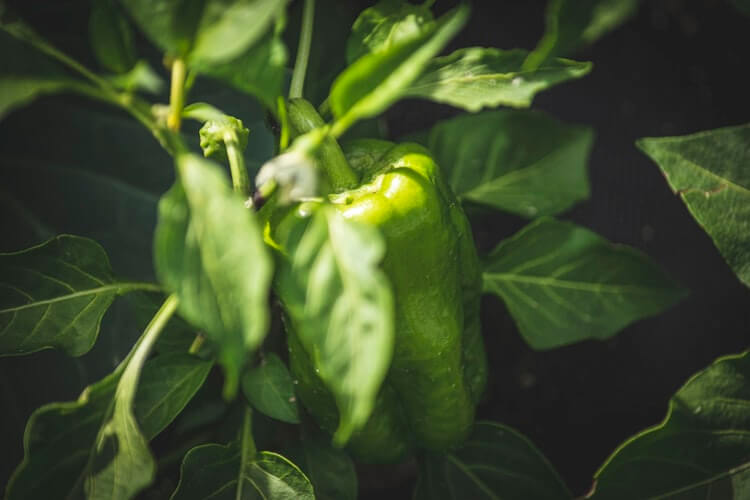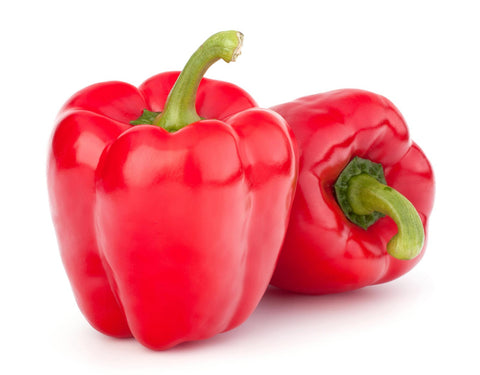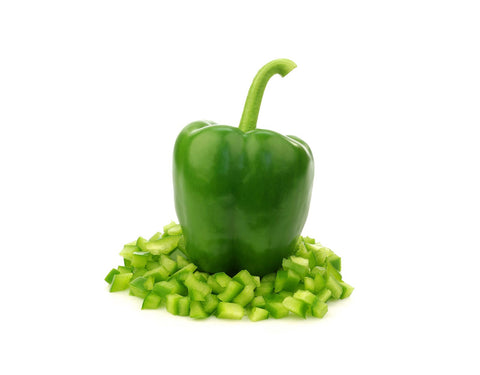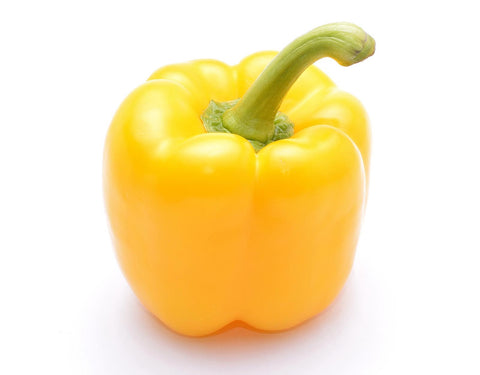If you love the taste of this veggie in your meals, then there's nothing better than an organically grown, freshly cut capsicum to enhance the taste of your dish.
Looks don't tell but capsicums and chillies are close relatives of tomatoes. They have similar growing requirements, but capsicum tends to be stronger than tomatoes and therefore easier to grow at home. What's better? They come in many colours like green, red, yellow and even purple. Be it a pizza or a salad, it adds a unique taste to each dish. Rich in vitamin A, C, and E this green veggie is not just used for food but also used for its medicinal qualities.
Wouldn’t it be great if you could grow them at home all by yourself? Well, this wish can certainly come true with the help of this article that will explain to you how to grow capsicum in India.
Here's how to go about growing capsicum easily at your home.
First, prepare.

Make sure you have a good spot to plant your capsicum. It's a sun-loving plant and prefers a sunny spot to grow. The temperature to grow capsicum plants should be moderate, neither too hot nor too cold. So pick a sunny spot with partial shade. Now, gather everything you'll need to plant capsicum: a pot, watering can, potting soil, heirloom capsicum seeds, trowel and that's all.
Now, plant.

The better your potting mix, the better your plant will grow. It can be a mixture of equal parts of vermicompost, cocopeat and sand. Take the pot and fill it with the potting mixture, tickle the top of the soil with your fingers and spread the seeds over the soil. Cover these seeds with a thin layer of soil. Sprinkle some water on the top, just enough to keep the soil damp. Do not allow the soil to dry out, but do not drench the soil either. Now your plant is ready to grow.
How To Grow Capsicum
- Capsicum germinates well when the temperature ranges between 18 C to 35 C.
- Plant in a sunny spot that receives 4-5 hours of direct sunlight.
- Keep a plant to plant distance of 12-15 inches
- The ideal time to grow capsicum in north India is around summers. Whereas, it can be grown all year round in the southern parts of India.
Shift your plant to a new spot a.k.a Transplanting
In about two weeks, the capsicum seeds will start germinating. When your capsicum plants grow around 10-15cm tall you can replant them from the pot to their final spot. Make sure their new home gets an adequate amount of sunlight and about 2-4inch of space to grow. Be gentle while removing the plant to ensure that you don't damage their roots. You can choose a big pot or a grow bag to grow your plant. Dig a small hole in the soil and place the root ball in its final spot. Pack the soil around the base of the seedling so that your plant is firm and steady. Sprinkle some water and give them a mild dose of fertilizers like organic seaweed extract, manure or compost to help them settle in.
Nourish and cultivate

Taking care of capsicums is easy-peasy. Ensure that you water your plant every once or twice a week. They say if you feed your plants well, they will feed you well too. Capsicum plants use nutrients from the soil as they grow, so replenishing the nutrients with organic fertilizers ensures that your plants grow to their full potential. Give them a boost of organic fertilizers after every third or fourth week of planting them.
It always a good idea to use some garden stakes to hold the plant upright so they don't blow over when it's windy. Well-watered, well-nourished capsicum plants will have a better chance of keeping all the unwanted pests and diseases at bay.
Keep pests and diseases away
Capsicums are prone to get infected by pests and diseases easily. Most of the bugs can be either picked off manually or sprayed away with a mixture of detergent and water. If your plants start wilting and die unexpectedly even after receiving enough sunlight and water, there are chances that your plants are infected with a wilting disease. These diseases stay in the soil for a long time. To prevent this you should grow your capsicum in large pots or areas where no capsicums have been grown for a long time.
The main pests that attack capsicums are aphids and whitefly. These little bugs can cause big problems for your capsicums. They usually suck sap from the tips of the plant shoots. They can be avoided by spraying soapy water on the plants. Once the seedlings are sturdy, you can cover them with a thin layer of neem oil which acts as an organic pesticide.
Harvesting

The well-treated capsicum plants start bearing fruits within two months of planting. You can start harvesting your capsicums when they grow to the size of a tennis ball and the skin starts to look smooth and glossy. Even if you pluck them when they are not fully riped, they will ripen if kept at a place that receives sunlight. Cut the capsicums off the plants when they are riped.
Congratulations! You have successfully graduated from the know-how university of growing capsicum at your home all by yourself. Give it a go and for all you know you'll have colourful and fresh capsicums sitting in your kitchen, all ready to enhance the taste of your food. Grow luscious sweet capsicum to spice up your favourite dishes and your taste buds. You can get the best quality heirloom capsicum seeds at AllThatGrows.


 Sign In
Sign In












Comments
A helpful blig for a good start